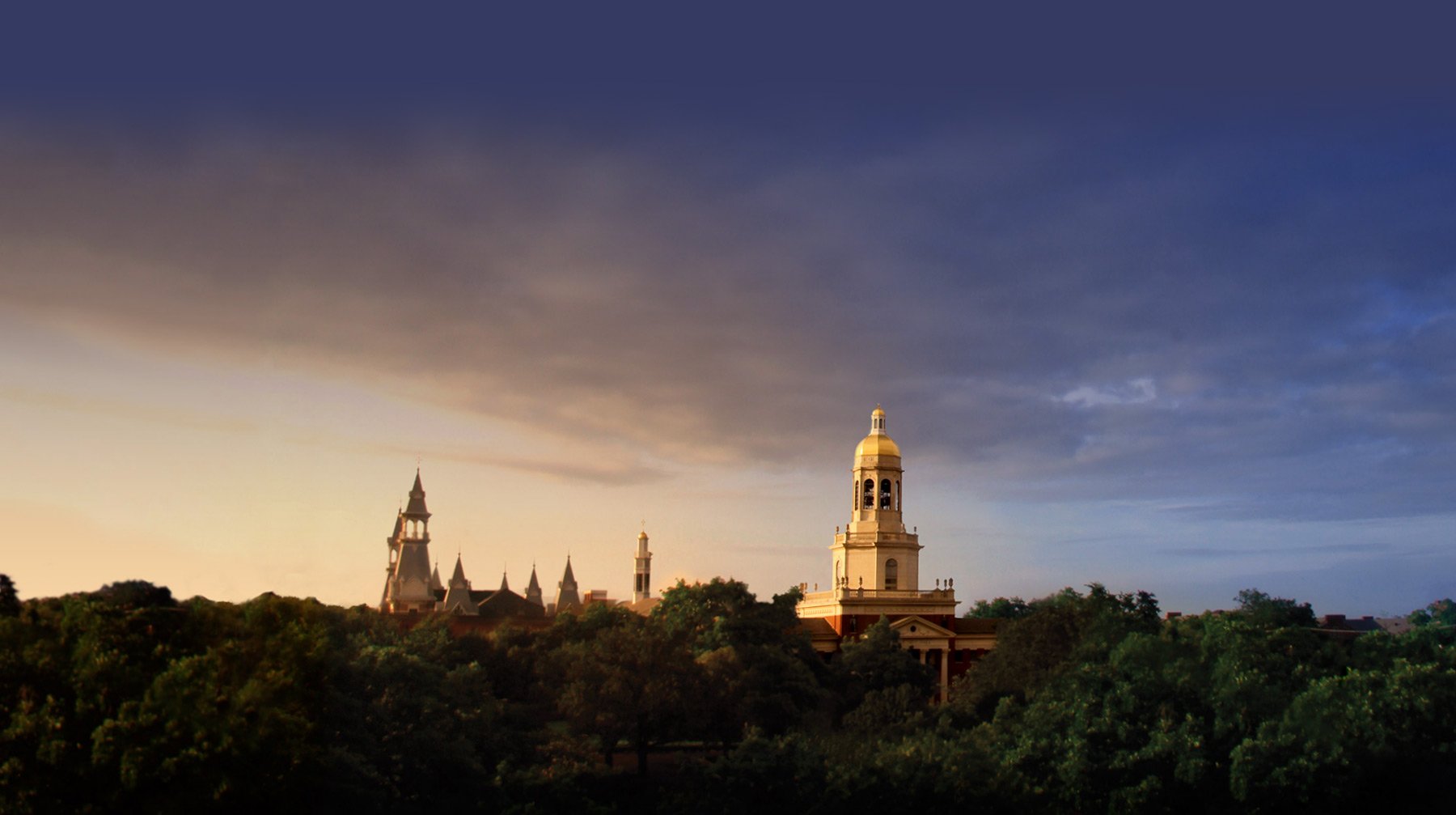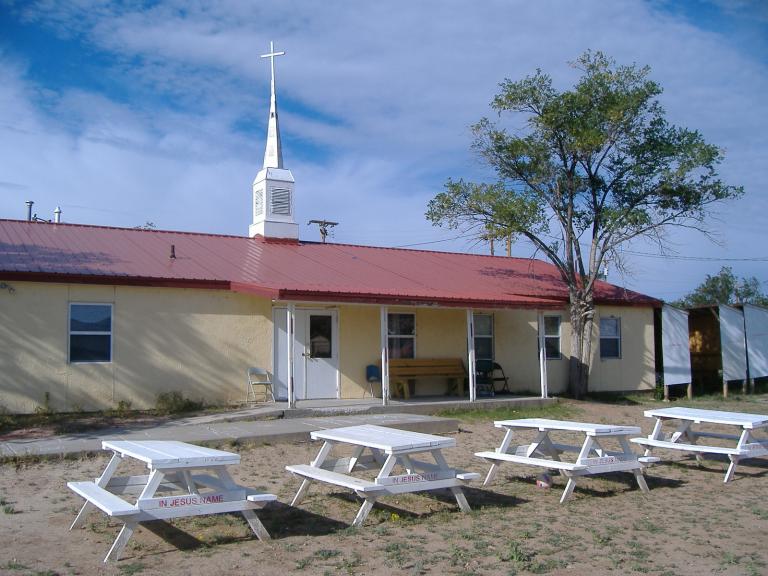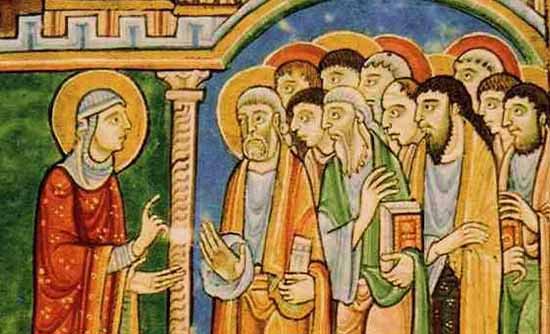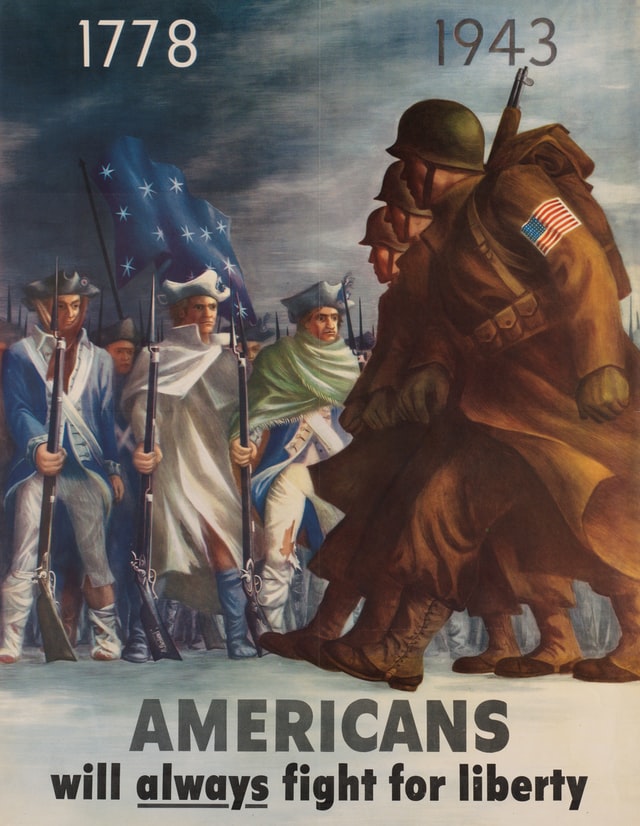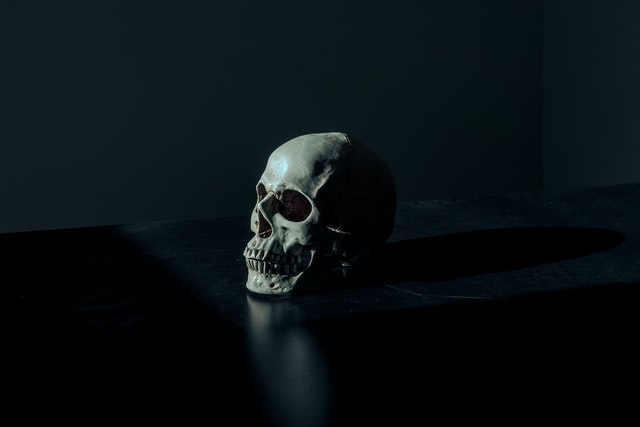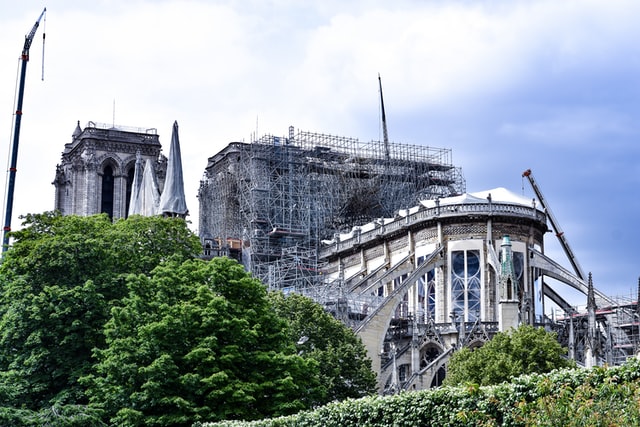Dance and the Church: A History More Complicated than Footloose…

Today we are pleased to welcome Lynneth Miller to the Anxious Bench. Lynneth is a PhD candidate in the Baylor History department specializing in British and Women’s History. She holds an MLitt from St. Andrews and is writing a dissertation on Dance and the Church in England.
It’s the climatic showdown at the heart of the movie.
The rebellious teenager stands up nervously in a town meeting, pulling out a crumpled piece of paper. A solitary figure facing off against the pastor, the town’s model of Christian behavior, and a line of elderly white-haired men in ties. Ren (played, in the 1984 classic by Kevin Bacon) quotes from Ecclesiastes and Psalms to argue that King David’s dance justifies dancing: as he claims, “this is our time to dance. It is our way of, of celebrating life. It’s the way it was in the beginning, It’s the way it’s always been. It’s the way it should be now.”
To the pastor and leaders on the other side of the table, Ren’s argument seemed paradoxical, almost sacrilegious. In a town in which dance was consistently associated with drinking, sexual immorality, and the death of teenagers (including the pastor’s son), using the Bible to argue in support of dance didn’t seem traditional or even acceptable. Surely dance was incompatible with true Christian living- not a timeless part of it.
Odds are, if you come from an evangelical background, you really get Footloose. You understand a world in which “dance” and “church” are paradoxical. For example, at Baylor University, there was a ban on dancing until 1996. Former Baylor President Robert Sloane explained that, “Dancing was frowned upon because of its associations…particularly, it had associations with alcohol and undesirable elements.” Indeed, at multiple evangelical institutions throughout the country, dance is still not allowed, on the grounds that it might lead to sin and creates morally questionable environments. As Reverend Moore said in Footloose, “these dances and this kind of music can be destructive,” and always seem, to many evangelicals, to be accompanied with liquor, drugs, and spiritual corruption.
Stereotypically, most scholars and indeed, most Christians, assume that the church has always been hostile to dance. The medieval French bishop Jacques de Vitry (1180-1240), for example, compared women who dance to the devil’s cows: “When a man does not want to lose his cow, he ties a bell to its neck. To this cow may be compared the woman who leads in the dance. When the devil hears the sound he is reassured, and says: ‘I have not yet lost my cow’.” The conflict between the Anglican priest Stewart Headlam and church clerics in nineteenth century Britain over his “balletolatry,” twentieth-century connections between tap dancing and demonic forces, or the continuing prohibition of dance at many CCCU (Council for Christian Colleges & Universities) schools today point to a long, unchanging history of antagonism. Groups such as Ballet Magnificat or Ad Deum seem like exceptions to a general rule of hostility.
But did this hostility always exist?
Another twelfth-century figure, Stephen Langton, Archbishop of Canterbury, had a different perspective from his contemporary Jacques de Vitry. Langton used the text of a French dance song as the basis of a sermon. He exhorted his audience to “dance to God” with “a sonorous voice, that is, holy preaching, pleasing both to God and to men; the entwining of arms, that is, a twofold charity, namely, the love of God and neighbor; and the stamping of feet, that is, works harmonizing with our preaching, in imitation of our Lord Jesus Christ.”
In short, there was a moment in Christian history when dance was not only accepted, but was godly.
Medieval clerics like Stephen Langton exhorted their audiences to “dance to God” with their daily lives. Sermon tales spoke of the dance of the Blessed Virgin Mary, and the heavenly dance of the righteous was a common theme in sermons and even in literature (Margery Kempe, for example, referenced the dance of the heavenly virgins in her Book). And, in Medieval Christianity, even the priests danced. Clerics performed liturgical dances in church services up until the Reformation. As Craig Wright notes in his book The Maze and the Warrior, “each year, from at least 1396 until 1538, the canons and chaplains of the cathedral of Auxerre [in France] gathered in the early afternoon of East Sunday around the maze situated in the nave of their church. Joining hands to form a ring-dance, or chorea, they chanted antiphonally the sequence Praises to the Easter Victim (Victimae paschali laudes) as they danced on the labyrinth.” (p. 140)
Even in the Reformation, as reformers made concerted efforts to stop the remaining liturgical dances and processionals from medieval Christianity, preachers continued to present dance in a positive light in their sermons. A 1602 sermon exhorts its audience to “List up they head, pluck up a good courage; celebrate with joy the Nativity of thy Savior; dance now and be merry, not as Herodias did, but as Dauid did, leape up in affection as high as heaven, where they Savior now sitteth, not in the lap of his mother, but on the right hand of his father in all glory and majesty. Come then, my brethren, let us sing unto the Lord, let us heartily rejoice in the strength of our Salvation. Let Israel rejoice in him that made him, and let the children of Zion be joyful in their King: Praise his name in the dance, sing praises unto him with Tabret and Harp: young men and maidens old men and children, praise the name of the Lord, sing Lustily unto him with a good courage.”
Indeed, from this medieval and early modern perspective, Ren’s impassioned speech in Footloose to the town council suddenly appears far more accurate and orthodox than it might have first seemed!
Despite this rosier picture of the historical relationship between dance and the church, however, it’s important to note that the same tensions we see in Footloose and in Baylor’s ban on dancing also have deep historical roots.
Augustine told his readers that no good Christian would ever be caught dancing; medieval sermon tales told of the terrible fates suffered by sacrilegious dancers; reformers thundered against the sexual immorality and paganism of the church dances and wedding dances of their day; Victorian clerics condemned the sexual immorality of ballet dancers and lamented their influence on innocent young men; critics of the 1920s dance hall bemoaned the decay of morality; and etc.
The relationship between dance and the church has always been one defined by tension: either one is David, dancing to praise the Lord, or one is Salome, dancing to kill a saint.
Yet, while the tension has always existed, the medieval church in general was far more supportive of dance than the churches of the Reformation or evangelical churches. Cultural changes and shifting ideas about bodies, particularly female bodies, and worship define the parameters for the church’s approach to dance. Ultimately, much of what evangelicals consider a Christian approach comes not from Scripture alone, but from culturally influenced interpretations of the Bible. Christian attitudes towards dance are not innate or unchanging, but culturally constructed, gradually changing over time (for more on this, stay tuned for my forthcoming dissertation on dance, sacrilege, and gender in the late medieval and early modern church in England).
So, for today’s church, why does this matter?
As someone who grew up as a dancer within evangelical communities, it very much matters. Understanding the long history of dance and the church helps to reconcile the art I love with the faith I hold deeply. It explains why Baylor University’s first dance occurred 151 years after the university’s founding, or why movies like Footloose resonate with audiences.
But, is that the only reason this change in the church’s approach to dance matters?
Understanding how culture impacts standards of worship is vitally important within the context of global missions. Understanding that what the church teaches about bodies, particularly bodies “othered” by race or gender, can shape the treatment of whole people groups and their activities should give us pause. It should cause us to stop and think about how our culture might shape our teachings. Ideas do not remain intangible, and their impact is not fleeting.
Perhaps, like the Reverend Moore, we too should carefully consider whether our ideas come from scripture or from culture, and whether or not this is a time to dance.
